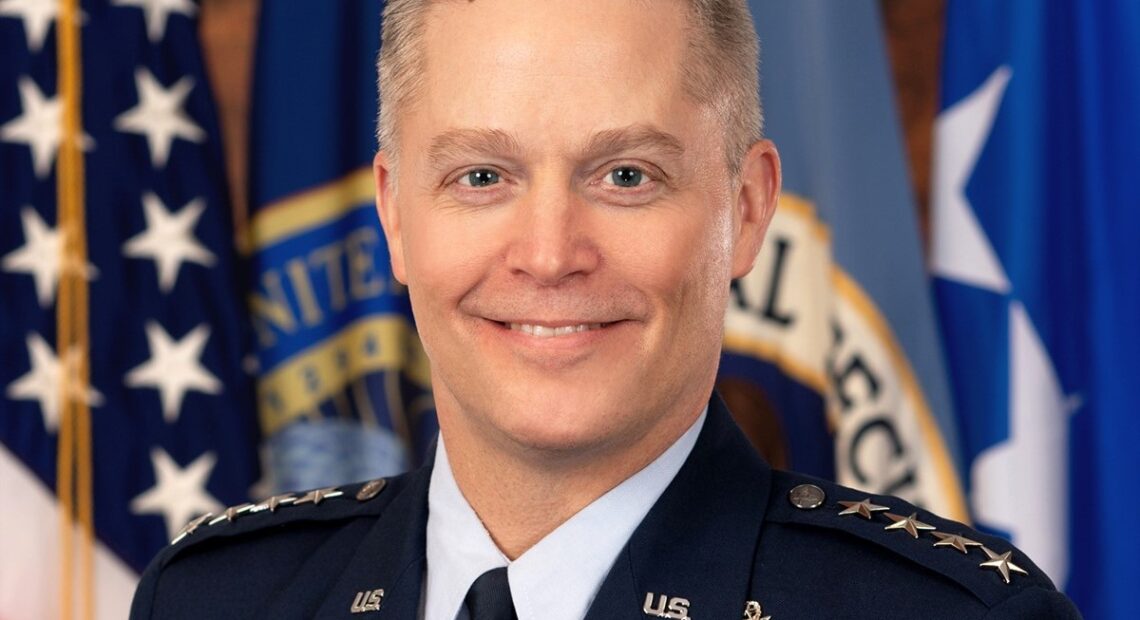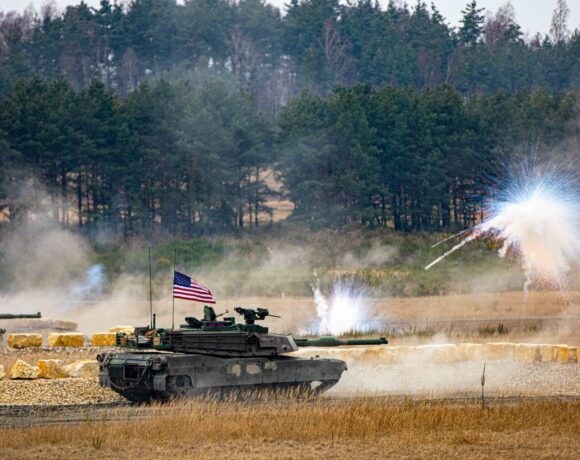US Cyber Command examines crucial intel rollout to users

Gaps seen in how it is shared
The United States has spent trillions of dollars to ensure its intelligence capabilities and the infrastructure supporting them are the best in the world. Still, US Cyber Command’s Air Force Gen. Timothy D. Haugh has highlighted that more remains.
Speaking at the Reagan Defence Forum, Haugh discussed the ongoing challenges in distributing timely and actionable intelligence to the right users despite America’s advanced collection and analysis systems.
Intelligence is crucial to defence strategy and deterrence. While the US excels at gathering and analysing intelligence, there are gaps in how it is shared. During a panel moderated by New York Times reporter Julian Barnes, Haugh acknowledged that the US has improved its collaboration with industry. However, delivering critical intelligence quickly to military and policy decision-makers remains challenging.
Haugh highlighted the threat posed by foreign adversaries, such as China’s cyber operations, exemplified by the Salt Typhoon attack. This hack, discovered by Microsoft, targeted North American and Southeast Asian businesses and political figures.
Haugh stressed that the attack was part of China’s larger global cyber strategy to penetrate critical infrastructure and telecommunications networks. He noted that educating US allies and the public on these threats remains a key focus as they work together to counter such global cyber operations.
Haugh explained that to mitigate such threats, the National Security Agency (NSA) works closely with other agencies, such as the Cybersecurity and Infrastructure Security Agency (CISA), the FBI, and private sector partners. These efforts aim to improve early warning systems and create a more robust defence for US infrastructure. Although the NSA has made strides in cooperation with tech industries, challenges remain in ensuring timely and effective responses to emerging threats.
Haugh suggested that one potential solution is to leverage the existing security frameworks between agencies like the NSA and CISA. These partnerships could enhance the resilience of the nation’s telecommunications infrastructure, hardening it against foreign attacks.
Addressing how well the NSA is providing intelligence to military commanders in the field, Haugh explained that the NSA is a combat support agency responsible for delivering critical signals intelligence to military forces.
He pointed to the ongoing operations in the Red Sea, where US commanders are equipped with intelligence to respond to threats from Houthi forces and other Iranian-backed groups. This intelligence enables them to position naval assets effectively to counter potential threats.
Furthermore, Haugh emphasised the importance of supporting the US European Command in assisting Ukraine. His agency’s mission is to ensure that the right intelligence is delivered in a unified architecture to maximise its utility for military leaders and policymakers. The goal is to provide actionable insights that support strategic decisions and help commanders in the field respond swiftly to ever-changing threats.
In conclusion, while the US intelligence apparatus is sophisticated, ensuring the correct information reaches the right people at the right time remains a critical challenge. Haugh’s comments underscore the ongoing efforts to improve coordination and response times, ensuring that US military operations and national security efforts are better informed and more responsive to emerging threats.
Hero image: US Cyber Command’s Air Force Gen. Timothy D. Haugh. Credit: KT Green













